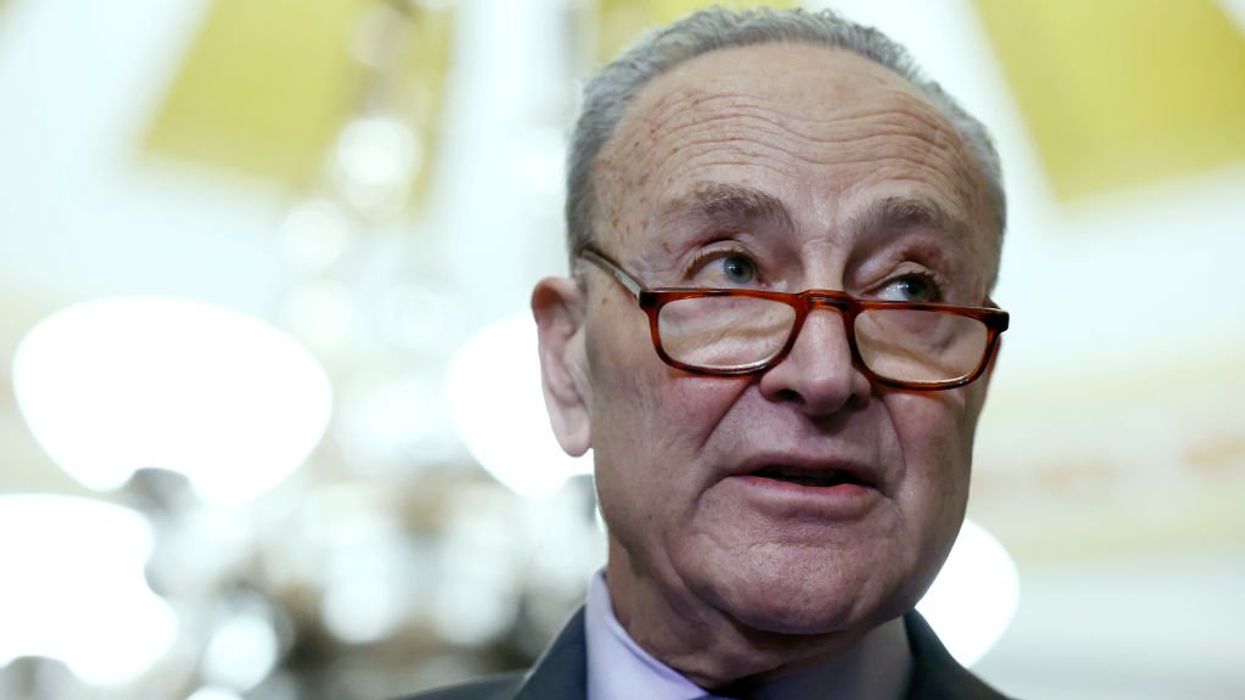
© 2024 Blaze Media LLC. All rights reserved.
Could Drones Replace Ambulances as a Faster Means to Treat Heart Attack Patients?
November 25, 2014
"The first minutes after an accident are critical and essential to provide the right care to prevent escalation."
"Drone" isn't just a dirty military word anymore. The remotely-controlled, mutli-copters have proven to be hugely successful as search and rescue tools, they make daredevil films even more stunning and may even deliver your pizza one day.
Now, a European engineer has created a "Drones for Good" campaign, that includes an "Ambulance Drone" designed to shave precious minutes off of emergency responses.
 (Image source: Drones for Good)
(Image source: Drones for Good)
Alex Momont, an engineer with the Technical University of Delft in the Netherlands, designed a new concept for an emergency response vehicle that would travel above the congested roads that stand in between a dying patient and their medical help. While studying at one of the world's most prominent drone research facilities, Momont began toying with the idea that drones might provide a faster, safer response for a life-threatening case, such as a heart attack victim, than emergency technicians racing down the road in an ambulance.
"The first minutes after an accident are critical and essential to provide the right care to prevent escalation. Speeding up emergency response can prevent deaths and accelerate recovery dramatically. This is notably true for heart failure, drowning, traumas and respiratory issues," Momont explains. "Lifesaving technologies such as an Automated External Defibrillator (AED), medication, Cardiopulmonary Resuscitation (CPR) aids can be designed compact enough to be carried by a drone."
While working with the ambulance units, Momont calculated the "average response time for a cardiac arrest call is roughly 10 minutes," according to Fast Company.
But the engineer says his Ambulance Drone -- which is outfitted with a defibrillator and an instructional telemedicine component -- could get to an ailing patient inside a seven-mile area within six minutes.
"At that speed, survival rates can be as high as 80 percent," Momont said.
Raj Singh, creator of DroneCast, a multi-copter company that has earned multi-million dollar investments for their emerging drone advertising operations, also shared his version of the emergency drone concept with TheBlaze in August.
The way Singh pictures it, a drone emergency response would be just part of the overall, tech-based medical alert system.
"Imagine ... a wearable device such as a watch, heart rate monitor, or even contact lens could detect your emergency before you could. Imagine a system that would alert you to this emergency and activate numerous response units to your exact location, including EMS, a community based response unit, your emergency contacts, and even a medical drone," the DroneCast:Health now defunct Kickstarter page explains.
Singh attempted to fund his vision, dubbed DroneCast:Health, through Kickstarter, but the company canceled the failed campaign in September after just four investors bought into the concept. One potential roadblock for public funding? The Federal Aviation Administration still restricts drone use for commercial applications. But with more and more lifesaving applications coming to the market, it will be harder for the government to justify keeping the drones on the ground.
"With the Drones for Good campaign, I set out to change the negative perception of drones. The idea has been very warmly welcomed all over the world and reached over 200 million people," Momont explained.
Momont said his Ambulance Drone embodies the idea that drones can be used for good, and that eventually an automated, high-speed network of drones, ready to be dispatched in an emergency, could save lives.
Check out the Ambulance Drone video, below.
And the DroneCast:Health video shows how a similar unit could be used as part of a multi-system medical response.
(H/T: Fast Company)
--
Follow Elizabeth Kreft (@elizabethakreft) on Twitter
Want to leave a tip?
We answer to you. Help keep our content free of advertisers and big tech censorship by leaving a tip today.
Want to join the conversation?
Already a subscriber?
more stories
Sign up for the Blaze newsletter
By signing up, you agree to our Privacy Policy and Terms of Use, and agree to receive content that may sometimes include advertisements. You may opt out at any time.
© 2024 Blaze Media LLC. All rights reserved.
Get the stories that matter most delivered directly to your inbox.
By signing up, you agree to our Privacy Policy and Terms of Use, and agree to receive content that may sometimes include advertisements. You may opt out at any time.


